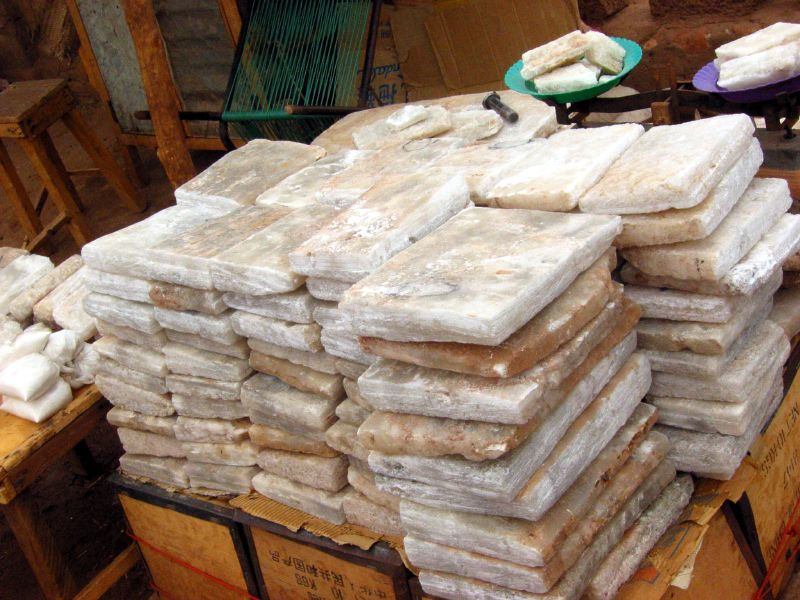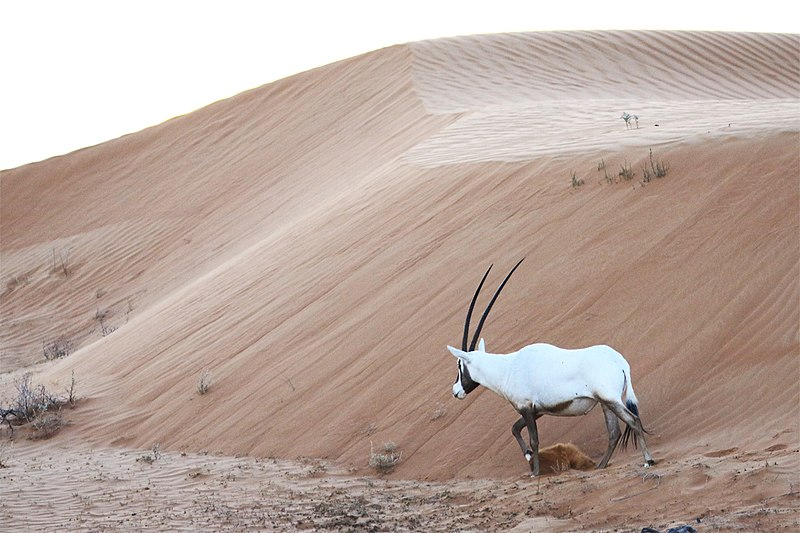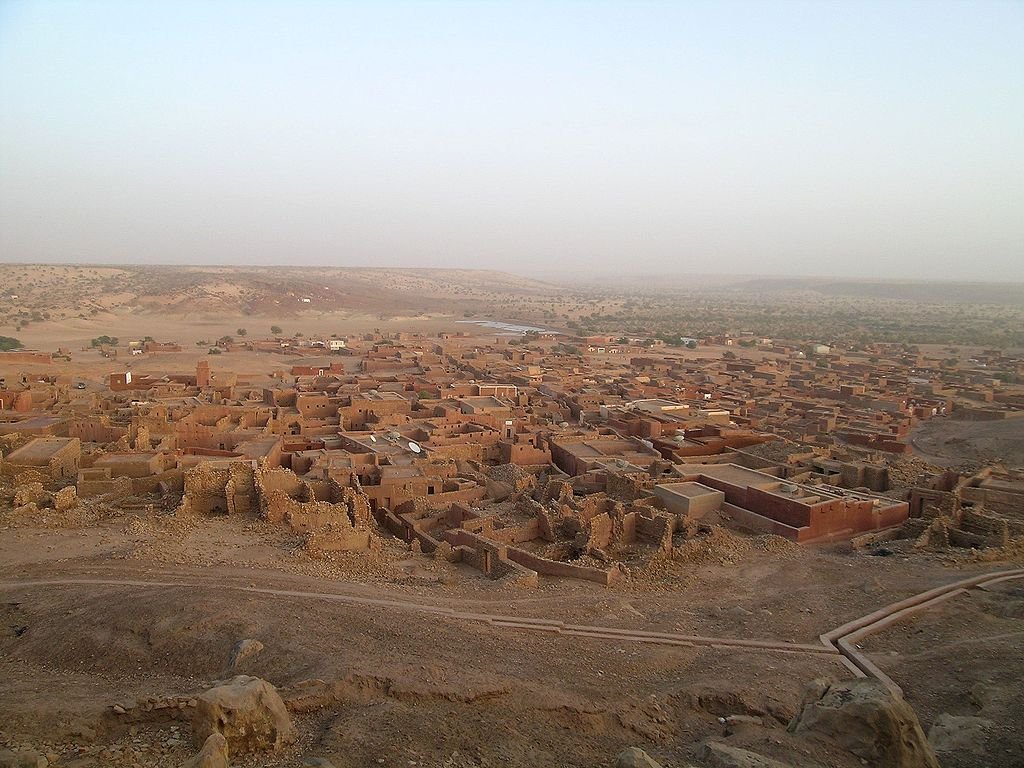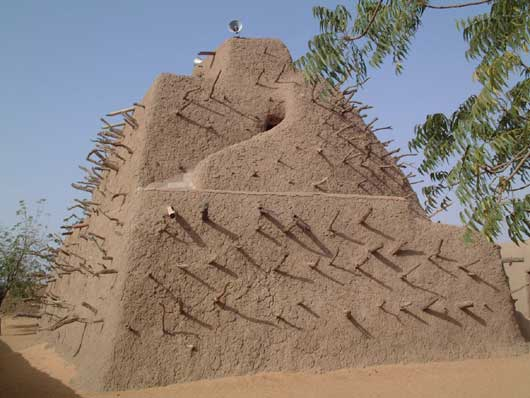The year is 1351. Ibn Battuta, the furthest-ranging traveller of the medieval world, has turned his path towards Mali. In Sijilmasa, Morocco& #39;s gateway to the inland Sahara, he joins a caravan heading for Taghaza, led by Abu Muhammad Yendekan of the Masufa tribe... https://twitter.com/lameensouag/status/1244215275341447168">https://twitter.com/lameensou...
Taghaza is "a no-good town", treeless and fly-infested, whose houses are built of salt blocks and roofed with camel-hide. Only slaves live there, belonging to the Masufa. They dig salt, which is sold south for great sums, and live off camel meat, Moroccan dates, and Malian millet
Their next stop was the uninhabited wells of Tasarahla, in a wilderness filled with oryxes and snakes. They refilled, rested, and paid a Masufa guide 100 mithqals of gold to arrange their accommodation in Iwalatan
Iwalatan (modern Walata), a land of dates and melons and abundant mutton, was governed by Mali. Most of its inhabitants were Muslim Masufa who - to Ibn Battuta& #39;s horror - inherited from their mother& #39;s family, and tolerated platonic friendships between men and women
To go to Mali proper, he hired another Masufa guide. After staying a while, he turned his path east towards Timbuktu, most of whose inhabitants were again veil-wearing Masufa ruled by Mali. There he saw the tombs of a Granadan poet and an Alexandrian merchant
He continued downstream. En route, he was offered a drink called "daqnu" (modern Songhay doonu). Impressed by Gao& #39;s relative urbanity, he stayed a month with Moroccan traders until he was ready to head into the Sahara again, east towards Teguidda (Takedda)
Teguidda, surrounded by the matrilineal Bardama (Tuareg), was a town of rich traders living in red stone houses, regularly travelling to Egypt, boasting how many slaves they had. Their wealth came from the copper mine, worked by slaves, that supplied the Sahel as far as Bornu
From Teguidda he turned north towards Touat. After stocking up on meat in the well-vegetated Air region, they continued through the desert to the Hoggar Mountains, inhabited by "some no-good veil-wearing Berbers" who demanded a toll for passage
In Touat, he stayed at Buda, a oasis living off dates and locusts, and importing grain, fat, and oil from Morocco. After a few days there, he continued with another caravan and finally got back to Sijilmasa ">https://youtu.be/ZBUw_xsKi...
What does this trip tell us about the 14th-c. Sahara?
The resources of the deep desert - salt, copper, irrigable land - are being brought into a global economy.
The nomads who know where to find them are bringing in slaves to work them, and traders to sell them to.
The resources of the deep desert - salt, copper, irrigable land - are being brought into a global economy.
The nomads who know where to find them are bringing in slaves to work them, and traders to sell them to.

 Read on Twitter
Read on Twitter








